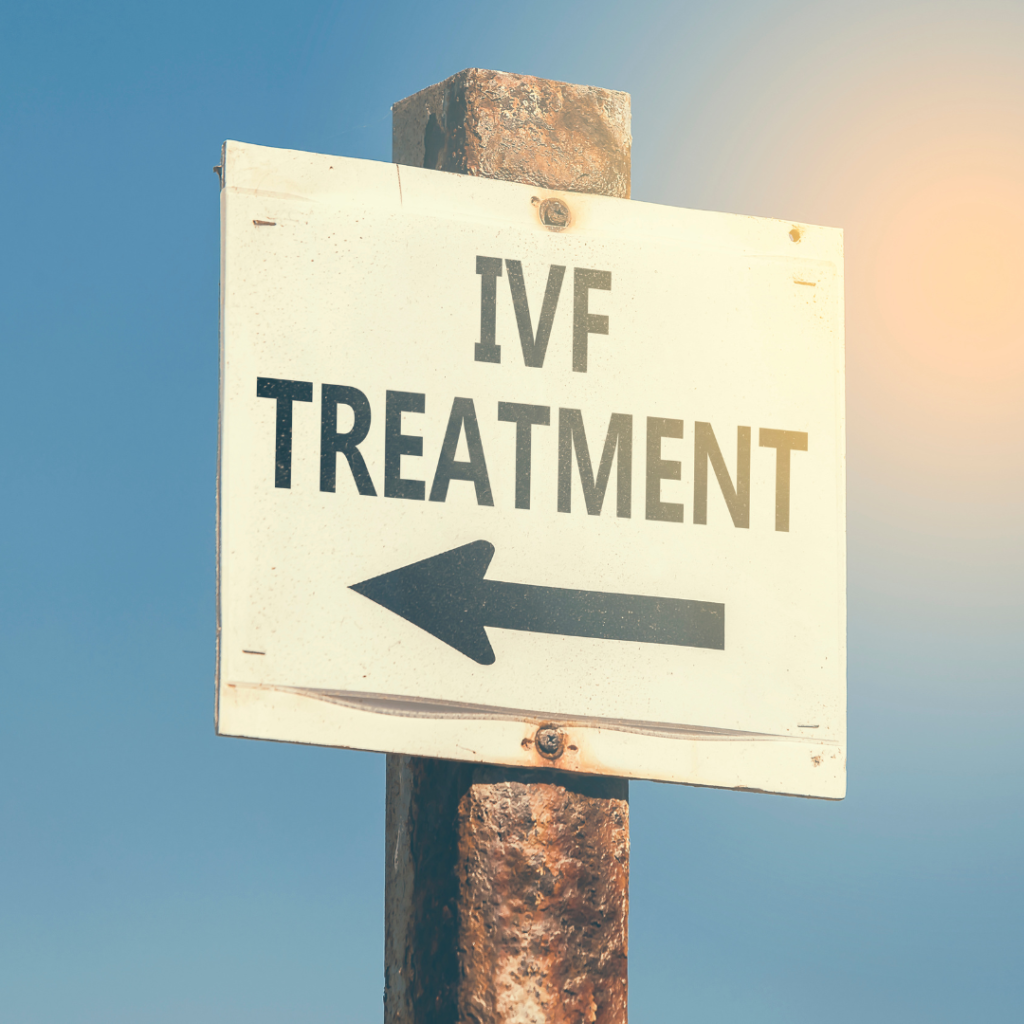
How painful is IVF? It’s one of the top three questions we get asked in our clinic. Yes, women are worried about the cost and success of IVF treatment, but understandably they also want to know whether IVF is painful or not.
I’m always happy to answer this question, because I believe that a complete understanding of IVF processes and procedures before you start treatment will help you feel reassured about the low chance of pain with IVF.
Most patients will tell you that IVF is not painful. They will also tell you that there is some discomfort at times. But there are a few rare cases where pain can accompany IVF treatment.
At Trinidad and Tobago IVF and Fertility Centre every patient has a free hour-long session with an expert fertility nurse to get prepared and find out all about IVF treatment. If you feel worried about pain in IVF, this is a great chance to ask questions and get reassurance about what to expect.
How Painful is IVF Really?
There are five steps in the IVF process. You can experience pain or discomfort during any one of these five steps. Let’s go through them one by one so you know what to expect. I’ll help you by grading each step for pain (0 being no pain and 10 being very painful). This rating is based on our experience with the average patient going through these steps and procedures in our clinic.
But remember, every woman is different, where one woman may experience pain, another will feel discomfort, or nothing at all!
Step 1: Preparing for Your Cycle. This includes getting information, watching your periods, and getting healthy. Nothing painful here other than some exercise if you need to lose some weight! This step also includes some blood tests to look for infections and ensure you’re healthy. If you do not like needles then you might find this painful or unpleasant.
Pain score range for blood tests: 1-2
Step 2: Growing & Monitoring Eggs. During this step you will start egg growing medication and you’ll be monitored as your eggs grow. The egg growing medication is administered via injections and this is a stress and worry for many couples. Usually the anticipation is much worse than the actual pain of these injections! The injection takes around five to 10 seconds every day, and most patients find the injections get much easier as the days go by.
Chrissy’s experience: “IVF… Injections…every day? This was my first thought and my worst fear. After the first few sticks, my husband was a pro and soon after, I was even sticking myself. It became less of a fear but a bonding experience for us which made our relationship even closer.”
We monitor egg growth using ultrasounds and blood tests. For most women these are fine, although both procedures can cause some discomfort or short-lived pain for a minority of women.
Pain score range for injections: 1-3
Step 3: Egg Collection. This is a procedure where a thin needle is passed though the wall of the vagina under ultrasound guidance. The needle enters the ovary on both sides to gently suck out the eggs that have grown during the month.
This egg collection procedure is done with medication called conscious sedation. This medication allows you to be asleep in a safe way, with normal breathing and you will not feel any pain as the egg collection procedure is done.
After the egg collection procedure you stay in the fertility clinic to be monitored for a couple of hours. Sometimes, as the pain relieving medication used in the procedure wears off, you can feel some pelvic pain. The nurses will provide more pain relieving medicine for you in hospital. You’ll also be advised to use pain relieving tablets when you go home for the rest of the day, as you may get some mild it moderate pain after the procedure.
Pain score range for egg collection procedure: 0-4
Step 4: Embryo Transfer. This is the process of having the embryos transferred into your womb. The embryo transfer procedure is very similar to the experience you have when you do a PAP smear, although women usually describe it as being more gentle than a PAP smear. It rarely causes pain.
Pain score range for embryo transfer procedure: 0-1
Step 5: Checking for pregnancy. Here you’ll have your blood test done to see if you’re pregnant or not. Again, if you do not like needles, then you could have some fleeting pain during this step.
Pain score range for blood tests: 1-2
What is the Pain in IVF?
As you can see from these steps, pain associated with IVF is usually from needles during blood tests or injections, or the residual effects after the egg collection procedure.
There is one other area where pain can develop in IVF. This occurs as a side effects of the hormonal medications used for egg growing. Egg growing injections can cause some swelling of the ovaries, which can cause discomfort for some women. This discomfort is usually relived by the egg collection procedure, when the eggs are taken out of the ovary.
For around one in every 50-100 women this pain can last longer and be more significant. In these women, the ovaries remain swollen and leak fluid into the pelvis causing the pain to get worse. This is called OHSS or ovarian hyperstimulation syndrome. Fortunately there is treatment to resolve this condition and pain relieving medication is given to keep women comfortable.
Is IVF Pregnancy Painful?
Babies conceived through IVF are typically just as healthy and normal as babies conceived the natural way. There is no additional pain that you should expect in an IVF pregnancy.
Any pregnancy, IVF or not, can cause some pain for every woman. As the womb stretches and grows, some women get different types of pain. The hormones in pregnancy also cause constipation and this can cause discomfort and pain for some women. If you get pain in your pregnancy you should always see your doctor for assessment — pain can also be a warning of a problem in your pregnancy.

